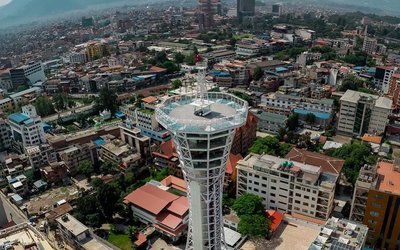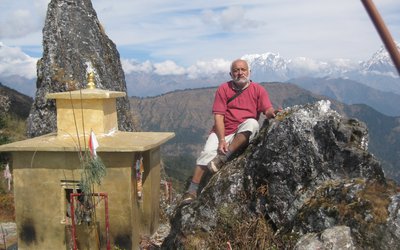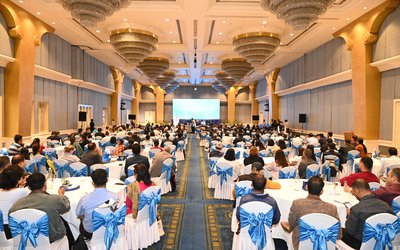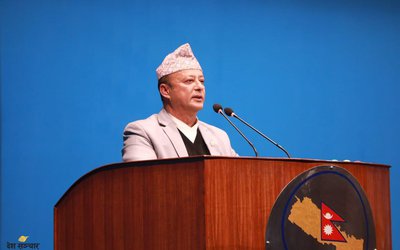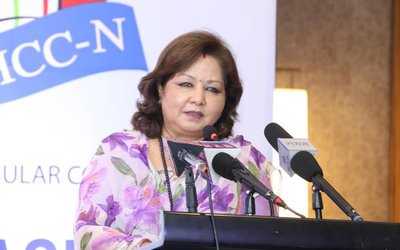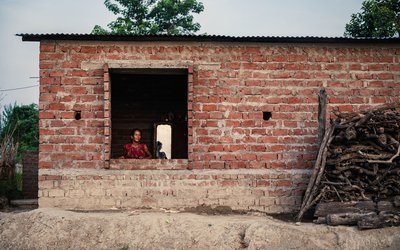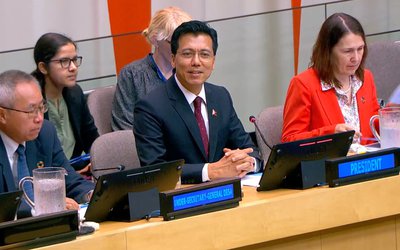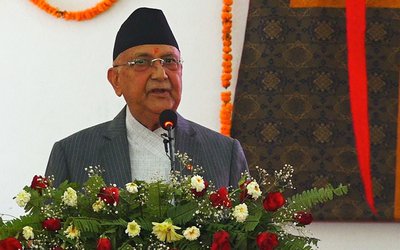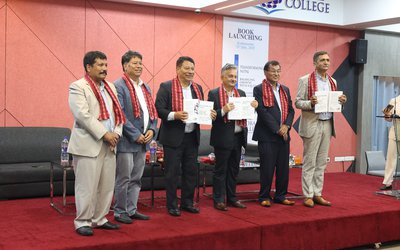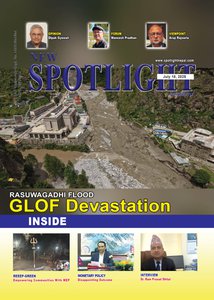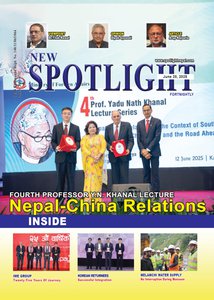Nearly four decades after its formation, the South Asian Association for Regional Cooperation (SAARC) remains largely ineffective. It is hindered by weak institutions and deep political and economic divides among its member states, particularly the ongoing India–Pakistan rivalry. SAARC was created to foster unity and address critical challenges in South Asia, such as poverty, inequality, climate change, disasters, and youth unemployment.
In contrast, the Association of Southeast Asian Nations (ASEAN), established in 1967, has created a more successful model of regional cooperation despite its political disputes. ASEAN has managed to navigate territorial conflicts while building strong economic and diplomatic ties. Its pragmatic, flexible approach offers valuable lessons for SAARC.
Detach Political Disputes from Development
ASEAN’s success lies in its ability to separate economic cooperation from political disputes, allowing collaboration to continue amid tensions. SAARC can draw inspiration from this model by prioritizing practical cooperation in climate change, infrastructure, education, and economic integration. Advancing collaboration in disaster preparedness, peace building, cultural exchange, and technology will not only build trust but also deliver tangible benefits to the people of South Asia, despite ongoing political differences.
Advance Trade and Connectivity
ASEAN has made significant strides in regional economic integration, with initiatives like the ASEAN Free Trade Area boosting intra-regional trade to over 25%. In comparison, SAARC's intra-regional trade remains stagnant at around 5%, hampered by political mistrust and stalled agreements like the South Asian Free Trade Area (SAFTA). To move forward, SAARC should prioritize both physical and digital connectivity, starting with practical sub-regional efforts such as the Bangladesh, Bhutan, India, and Nepal (BBIN) Initiative.
Enhancing trade through digital corridors and streamlined customs procedures can help bypass political roadblocks. SAARC should also adopt flexible mechanisms like ASEAN’s “Minus X” approach, which allows willing countries to move forward on shared initiatives without being held back by the need for full consensus. In addition, deeper collaboration with platforms like the Bay of Bengal Initiative for Multi-Sectoral Technical and Economic Cooperation (BIMSTEC) and knowledge institutions such as the International Centre for Integrated Mountain Development (ICIMOD) can help advance common priorities.
Reinvest in People-to-People Connections
ASEAN has successfully promoted a shared regional identity through student exchanges, civil society engagement, and youth programs. While SAARC has attempted similar initiatives, they often lose momentum during times of political tension. SAARC should reinvest in people-to-people exchanges that focus on youth, culture, and education. These grassroots connections can foster trust, mutual understanding, and a sense of South Asian solidarity that transcends political divides.
Strengthen Regional Leadership
The SAARC Secretariat in Nepal must be empowered with a clear mandate and greater operational independence. While ASEAN’s Secretariat plays a pivotal role in driving regional cooperation and ensuring implementation, SAARC’s Secretariat is often constrained by political pressures. To overcome this paralysis, member states must allow the Secretariat to lead on critical regional initiatives such as food security, disaster management, and infrastructure without requiring full consensus for every action.
Looking Ahead
SAARC doesn’t need to replicate ASEAN, nor should ASEAN be seen as a one-size-fits-all blueprint. However, SAARC must evolve from a politically stagnant forum into a development-oriented mechanism that delivers real outcomes. While the India–Pakistan conflict remains a significant challenge, it should not be allowed to paralyze cooperation on urgent issues like climate change, food security, and regional connectivity.
At the same time, SAARC must remain committed to resolving political disputes peacefully through sustained dialogue and negotiation. ASEAN demonstrates that regional progress is achievable even without political harmony. It’s time for SAARC to move forward differently toward a more integrated, resilient, and people-centered South Asia.
Author: Dr. Prabin Manandhar is an international development expert with experience across Asia, the Middle East, and Africa. He is the Country Director of Helvetas Myanmar, former Chair of the Association of International NGOs (AIN) Nepal, and former Convenor of ACT Alliance in Nepal and Iraq. He also teaches at Kathmandu University. The opinions expressed are his own. Contact: prabin.manandhar11@gmail.com
- Politics Beyond Power: Serve the People Now
- Jul 20, 2025
- Reclaiming Nepal’s Budget From Hidden Hands
- Jun 07, 2025
- From Nepal to Myanmar: Navigating Earthquake Response Lessons
- Apr 13, 2025
- World Humanitarian Day 2024: Committing to Peace and Accountability
- Aug 19, 2024
- Nepal Investment Summit: Unlocking Economic Potentials For Growth And Development
- Apr 28, 2024


